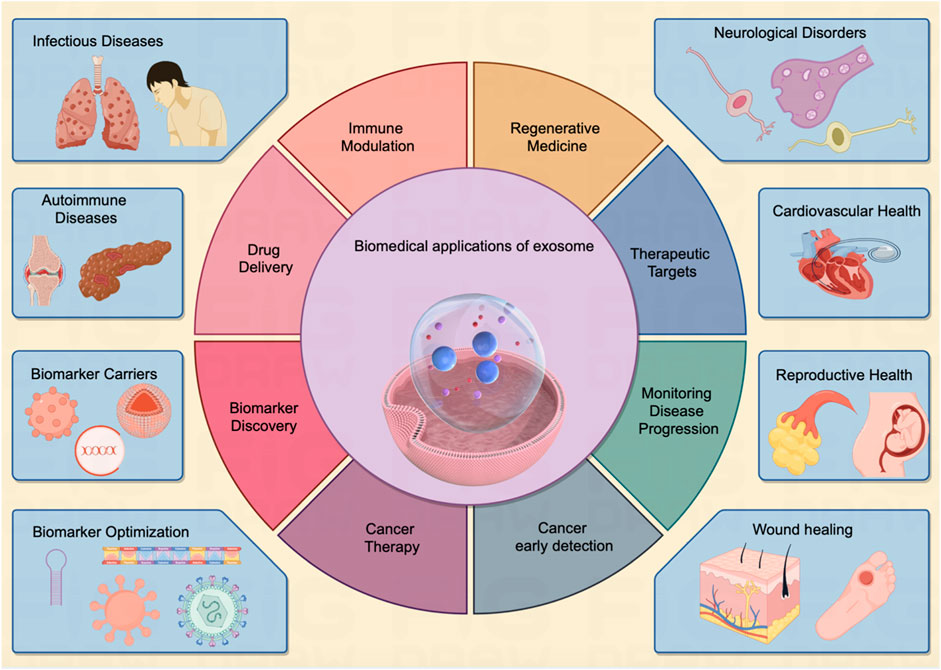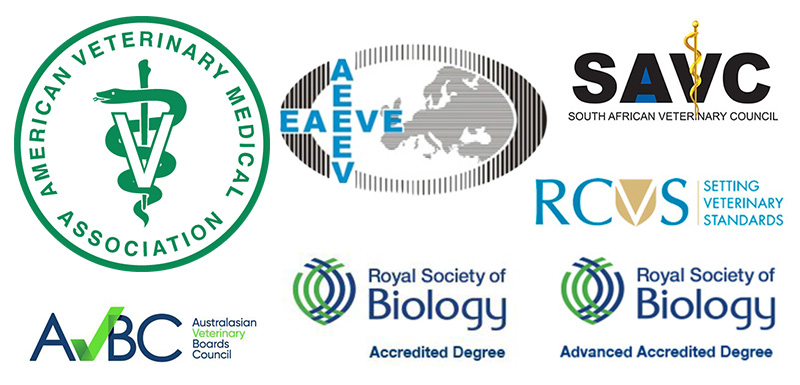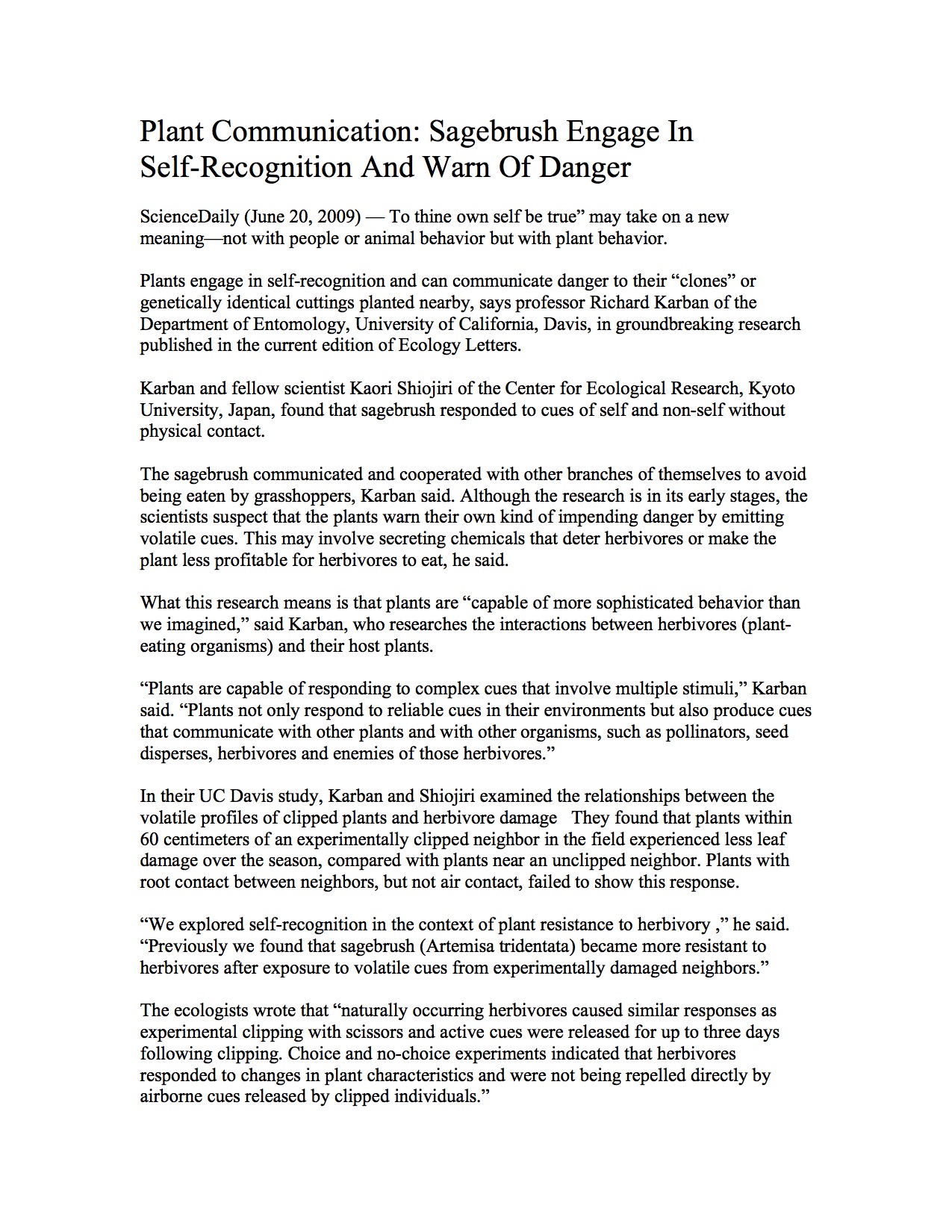Advancements in Ultrasound Cancer Therapy and Alignment with Sustainable Development Goals
Introduction: Medical Innovation for Sustainable Health
Recent research highlights the potential of focused ultrasound technology as a significant advancement in oncology. This innovation directly supports Sustainable Development Goal 9 (Industry, Innovation, and Infrastructure) by enhancing scientific research and upgrading technological capabilities in the medical sector. The technology functions by heating and damaging tumorous tissues, a mechanism that also appears to increase their visibility to the body’s immune system, thereby creating new therapeutic pathways.
Synergistic Treatments and Contribution to SDG 3: Good Health and Well-being
The application of focused ultrasound demonstrates considerable promise in enhancing existing cancer treatments, a key objective for achieving SDG 3: Good Health and Well-being. Its integration aims to reduce mortality from non-communicable diseases and improve treatment outcomes. Key synergistic applications include:
- Enhancement of Radiation Therapy: According to researcher Sharma, ultrasound-stimulated microbubbles could amplify the effects of radiation therapy. This could allow for the use of lower radiation doses, achieving the same therapeutic results while minimizing the severe, long-term side effects associated with conventional treatment. This directly contributes to improving patient well-being under SDG 3.
- Compatibility with Immunotherapy: Focused ultrasound is considered a strong partner for immunotherapy. As noted by researcher Price, the process of heating and damaging tumors makes them more recognizable to the immune system. This unmasking of cancerous cells makes them more vulnerable to the body’s natural defenses, aligning with the goal of developing more effective and targeted health interventions.
Future Research: Targeting Metastatic Cancer for Global Health
A primary direction for future research is the application of this technology against advanced, metastatic cancer, which remains a significant global health challenge. The successful development of such a treatment would be a monumental step towards the targets outlined in SDG 3. The theoretical framework for this approach, as described by Price, involves a multi-step process:
- Utilize focused ultrasound to treat and break apart a single tumor.
- This action would expose the tumor’s characteristics, allowing the immune system to recognize it.
- The immune system would then be primed to launch a systemic, body-wide attack against all cancerous cells with the same characteristics.
While this remains to be validated in clinical trials, the potential to treat multiple tumors by targeting just one represents a paradigm shift in cancer therapy. Such an advancement would profoundly contribute to the global goal of ensuring healthy lives and promoting well-being for all.
1. Which SDGs are addressed or connected to the issues highlighted in the article?
-
SDG 3: Good Health and Well-being
The article’s primary focus is on developing innovative and more effective treatments for cancer, a major non-communicable disease. It discusses using ultrasound to enhance radiation therapy and immunotherapy, aiming to improve patient outcomes and reduce side effects. This directly contributes to the goal of ensuring healthy lives and promoting well-being for all at all ages.
-
SDG 9: Industry, Innovation, and Infrastructure
The text highlights advancements in medical technology and scientific research. It describes how focused ultrasound technology is being repurposed and combined with other treatments to create novel therapeutic approaches. The mention of “future research” and a “research centre” dedicated to this work underscores the article’s connection to fostering innovation and enhancing scientific research capabilities.
2. What specific targets under those SDGs can be identified based on the article’s content?
-
Target 3.4: Reduce premature mortality from non-communicable diseases
The article directly addresses this target by exploring new methods to treat cancer more effectively. The research aims to tackle “advanced-stage cancer” and “metastatic cancer,” which are major causes of premature mortality. The text states the “holy grail would be that clinicians could someday use ultrasound to… launch a system-wide attack against cancerous cells,” a goal that would significantly contribute to reducing deaths from cancer.
-
Target 9.5: Enhance scientific research and upgrade technological capabilities
The content is a clear example of this target in action. It details ongoing scientific research efforts to innovate cancer treatment. The article quotes researcher Richard Price, whose “research centre is focused on using ultrasound along with immunotherapy,” and describes a “direction for future research.” This demonstrates a commitment to enhancing scientific research and leveraging technology to solve critical health challenges.
3. Are there any indicators mentioned or implied in the article that can be used to measure progress towards the identified targets?
-
Indicator 3.4.1: Mortality rate attributed to cancer
While the article does not provide specific statistics, this indicator is strongly implied as the ultimate measure of the research’s success. The entire effort to develop a treatment for “metastatic cancer” that could “treat 10, 15, 20 tumours just by treating one tumour” is aimed at improving survival rates and, consequently, lowering the mortality rate from cancer.
-
Indicator 9.5.1 / 9.5.2: Research and development expenditure / Researchers per million inhabitants
The article implies the activity measured by these indicators without stating explicit figures. The existence of a specialized “research centre” and the work of named researchers like Sharma and Price signify an investment in both R&D resources (expenditure) and personnel (researchers). The discussion of future trials and research directions points to an ongoing allocation of scientific and financial capital towards this innovative field.
4. Summary Table: SDGs, Targets, and Indicators
| SDGs | Targets | Indicators |
|---|---|---|
| SDG 3: Good Health and Well-being | Target 3.4: By 2030, reduce by one third premature mortality from non-communicable diseases through prevention and treatment. | Indicator 3.4.1 (Implied): The research’s goal to effectively treat metastatic cancer implies a focus on reducing the mortality rate attributed to cancer. |
| SDG 9: Industry, Innovation, and Infrastructure | Target 9.5: Enhance scientific research, upgrade the technological capabilities of industrial sectors in all countries… encouraging innovation. | Indicators 9.5.1 / 9.5.2 (Implied): The mention of a dedicated “research centre” and ongoing “future research” implies investment in R&D expenditure and the employment of researchers. |
Source: bbc.com







